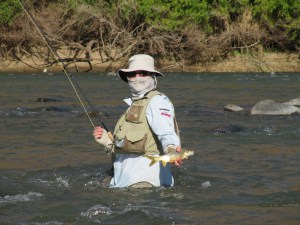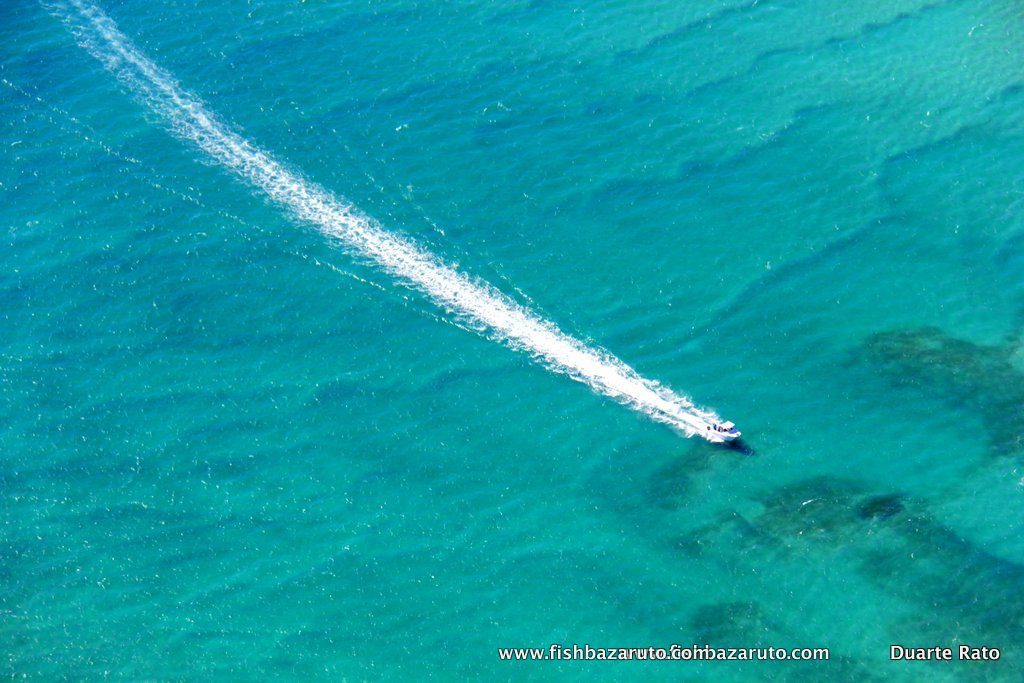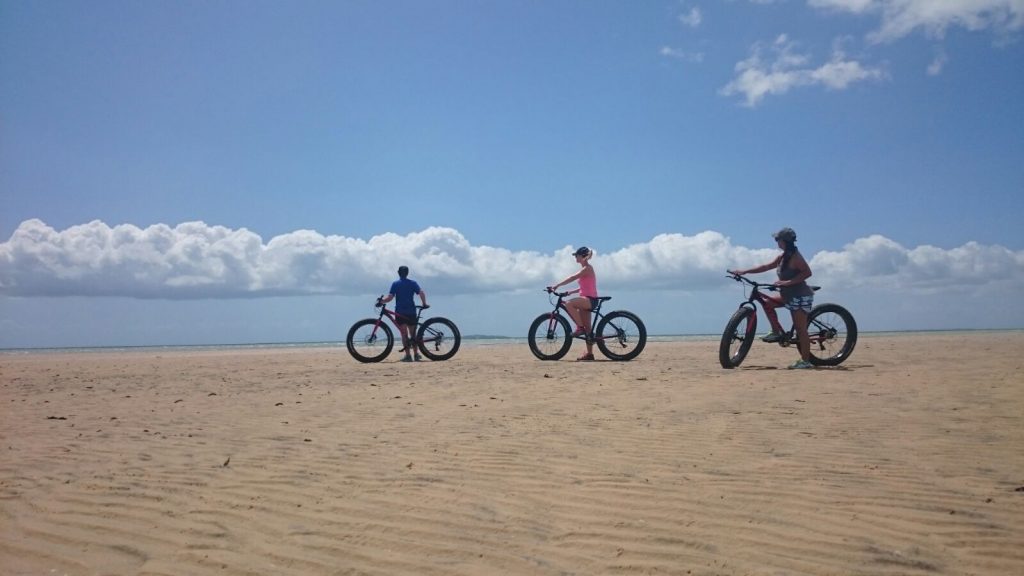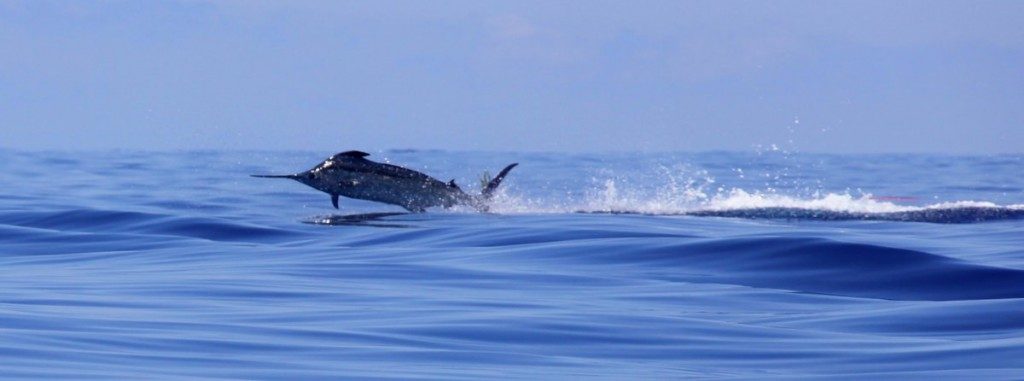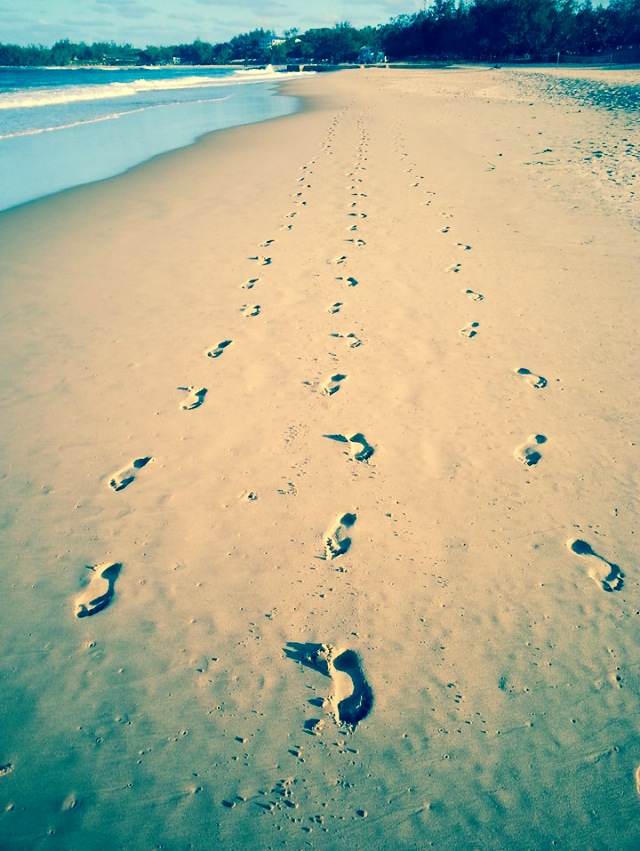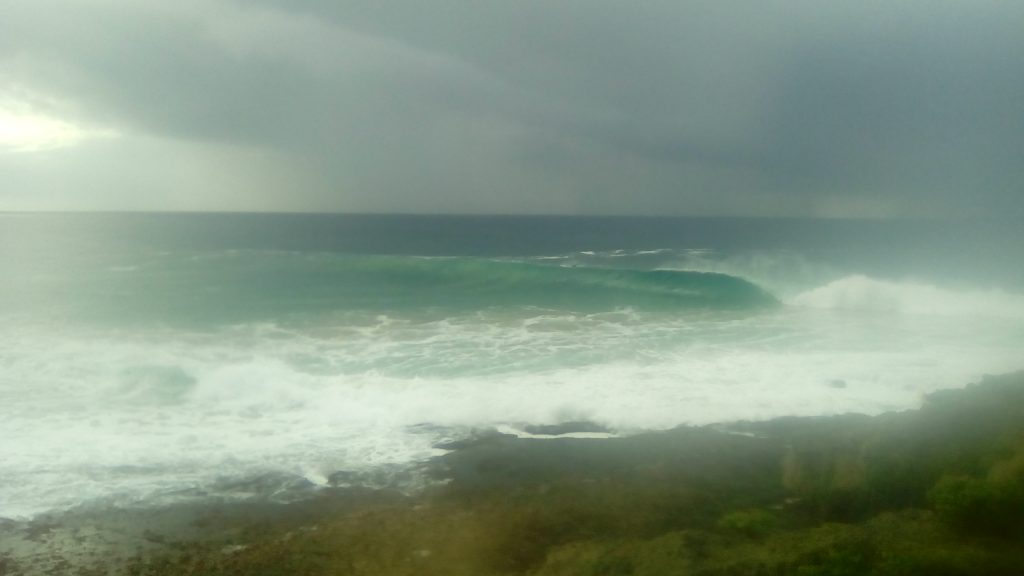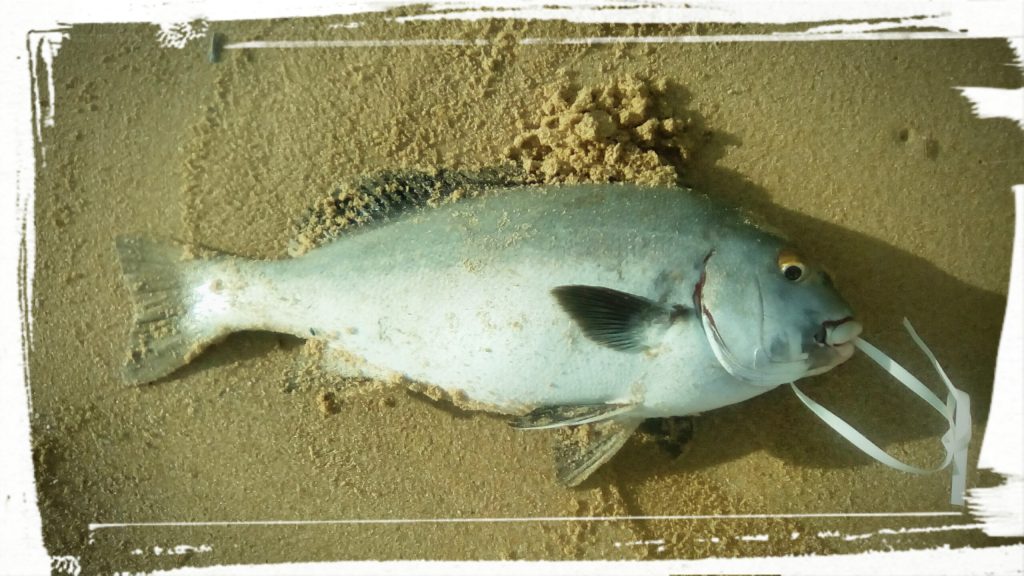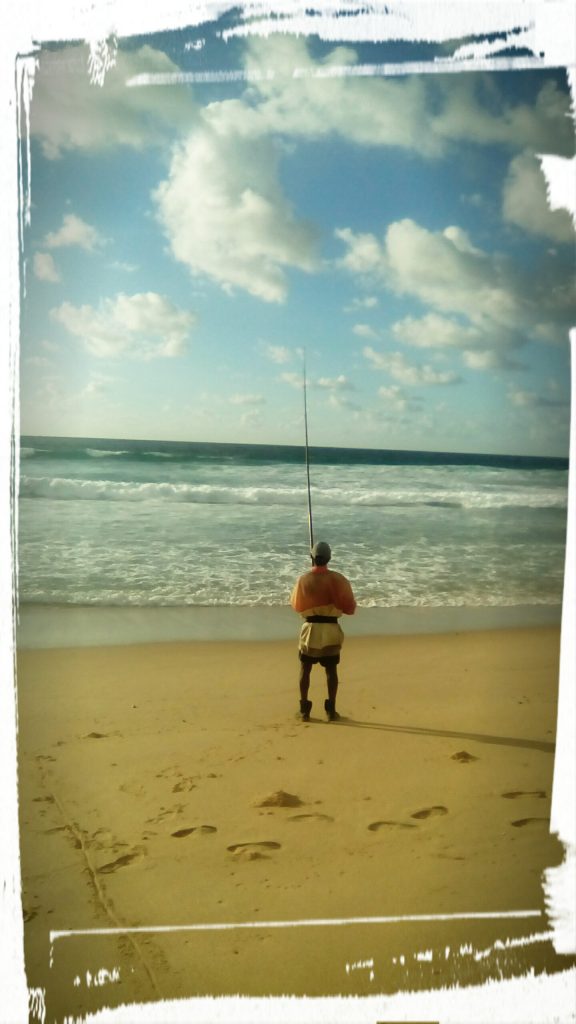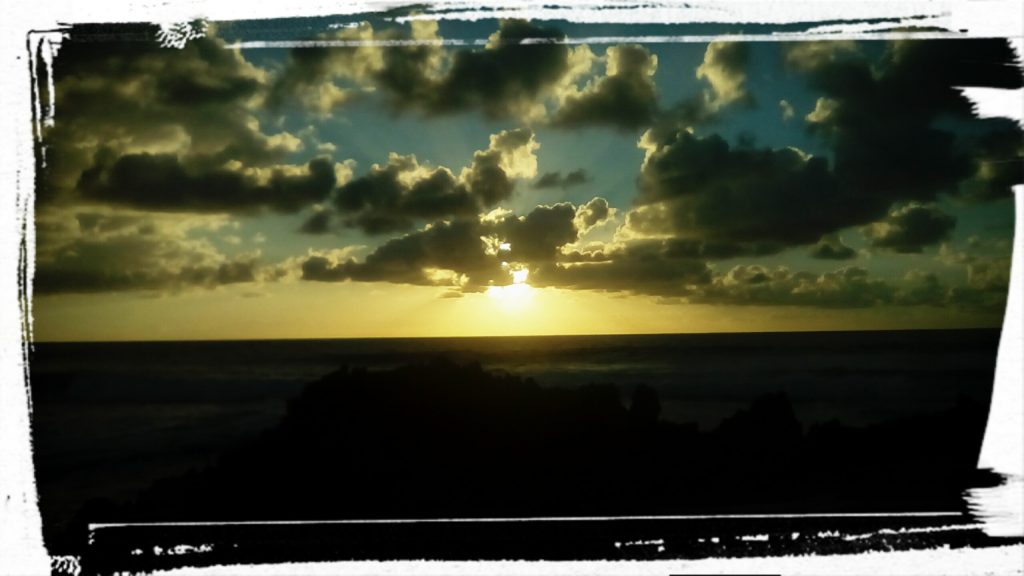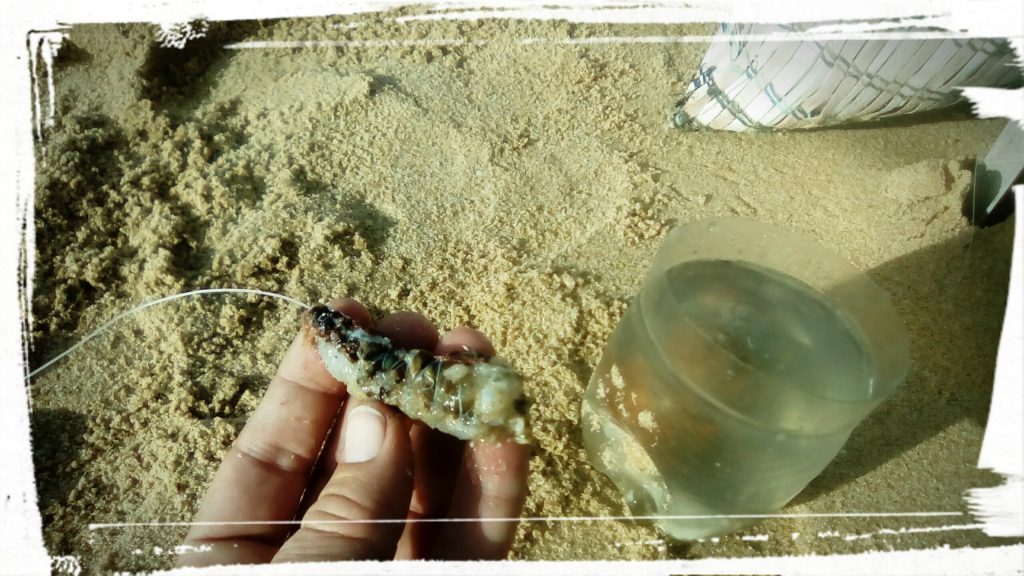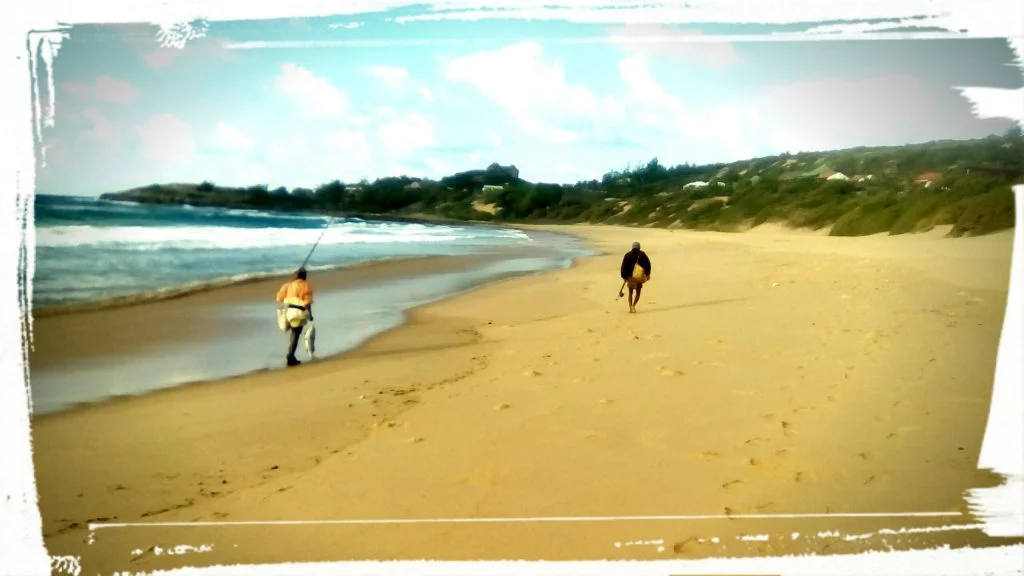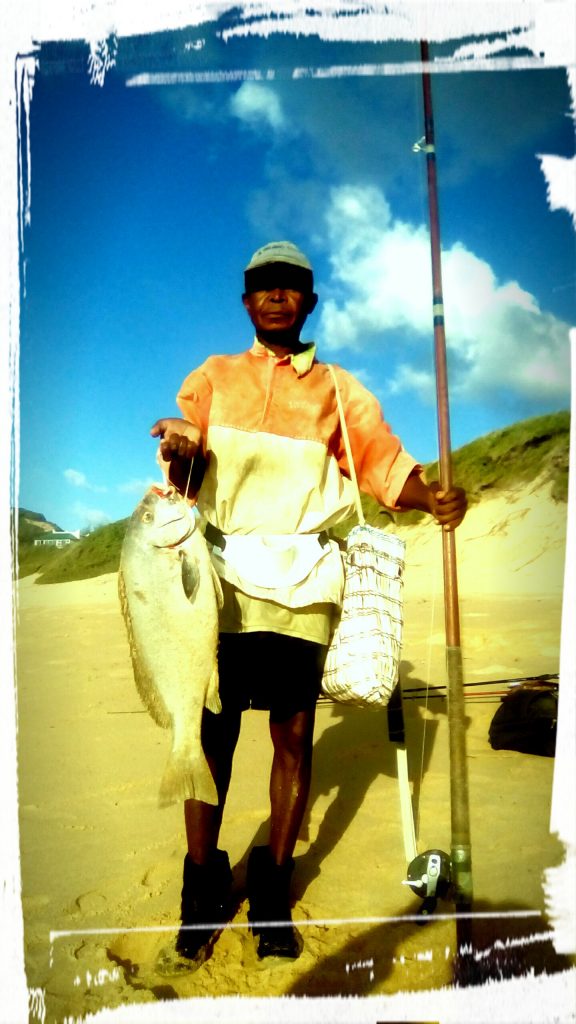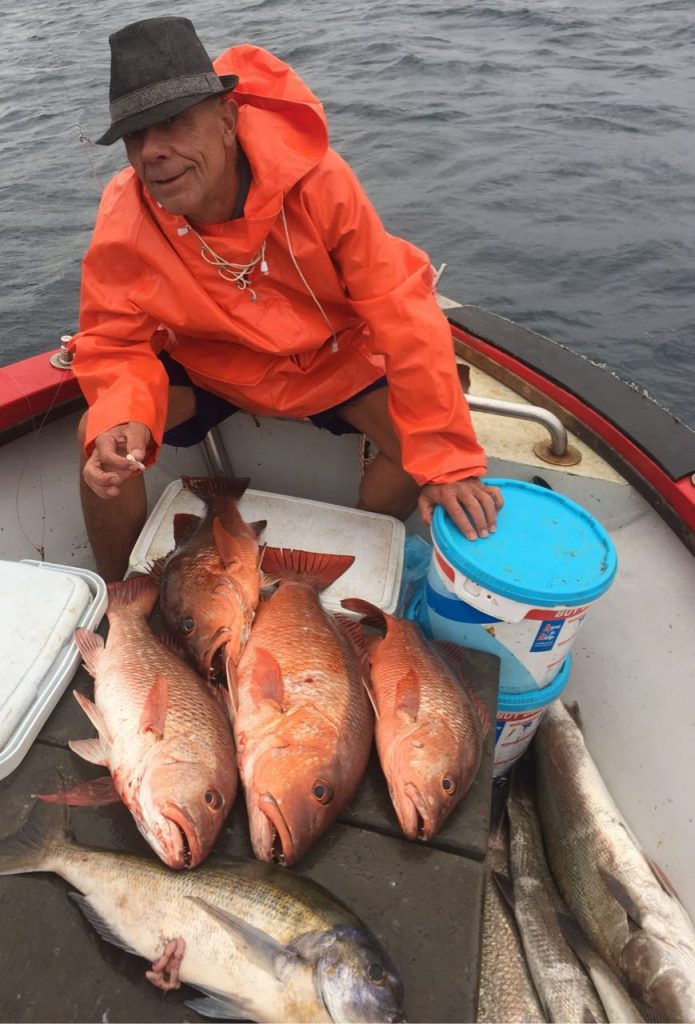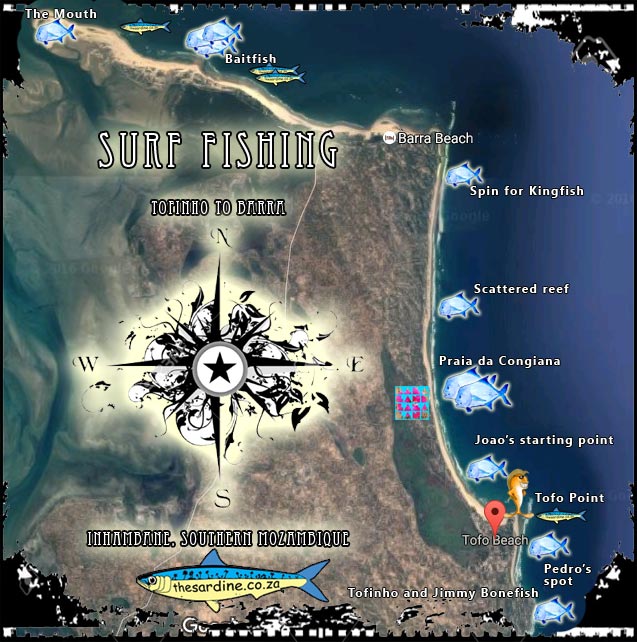
Tofinho to Barra surf fishing
Walking the 3km stretch Tofo and back from our lodge in Praia do Congiana, put us right in the action every day.
And this day was extra special.
As we walked past the exposed rocks and made our way past the sandy channels, I spotted the first one. A bonefish!
Then the second, third and before our eyes came the multitude. Hundreds became a thousand and more, as the sleek silver bodied torpedo-like fish shoaled past. In 30cm of water. Heading towards the estuary at Barra I presumed.
Walking into the shallow crystal clear water and I was 2 metres from the river of fish. They just kept coming! 10 Minutes of non-stop bone fish?!
Bonefish are plentiful here in Inhambane. Huge bonefish. That are regularly taken from the rocks at Tofinho. Jimmy Bonefish, our extra articulate artisinal fisherman here, catches them aplenty. He is a great guide and clambers over the razor sharp terrain with grace and speed. Sometimes the fish he hooks – kingfish and cobia, are too big to angle from the headland, and on many occasions, whilst living in that dear little house in the corner, I saw Jimmy running wild – rod high in the air, as he made the 100 metre dash to the easier waters of the beach!?
Jimmy is the undisputed king of Tofinho point. Read all about his antics here. And all about the bonefish here.
Then a little way north, the rock shelf starting at The Dragon (a great little kingfish haunt), extends to become the Tofo beach headland. This stretch is patrolled daily by Pedro, who takes snapper, lemonfish, bonefish and stumpnose. And sells them to tourists or in the market. Lives a great life.
The rocky point of Tofo is difficult to fish. So much water moving around. But, it is where the marauding shoals of gangster stumpnose hang out. I am talking of the outer ledge. The inner ledge, has a very comfortable fishing spot from where you can tangle with huge garfish or the odd kingfish. And maybe a stumpie too.
The corner right into the beach – where the row boats launch, every year, becomes a hot spot. Huge kingfish chase torpedo scad right in amongst the bathers in December. It’s at about Christmas time, when this placid corner becomes a stage.
There the long beach to Barra point starts, with so much on the way…there are dotted reef patches all along, that are sometimes exposed and sometimes under the sand.
It was a while ago, when my brother Roosta and myself were holed up at Fatima’s with malaria, when we asked Samual, the barman, for a piece of Lula (squid) from the kitchen. The ocean had been eating away at the beach in front, and the old concrete wall that still stands today, had us casting way over the little backline. It wasn’t 10 minutes before a healthy yellowfin kingfish swallowed the bait and I was vas. It was a beautiful fish, maybe 7 or 8kg’s – we all enjoyed a free meal that night!
Enter Joao. He used to be the wildest dude around – but something happened and he has gained control again. He is the best. The very best. I was walking the same stretch again, and upon encountering Joao, noticed he was just staring out to sea one day. I snapped him out of his trance and asked him what was going on. He slowly broke off his raptured stare, and muttered – “Kingfish”. A big GT had taken all his line! Hand line that is. Joao has a rod now, with minimal line of course, that he fishes the long beach with, daily. To the tides and conditions. Joao has a nose for fish – that is – he knows the waters and the fish so well, he knows exactly when and where to catch them.
Joao takes a ball sinker, and ties it on leaving a long stretch, 2 metres or so, that the hook goes on. Then with “cotton” stripped from a plant leaf he carries with him, he ties on a piece of crayfish, and chucks it out just over the shorebreak. This trace rolls very nicely with the ever present north bound current, and so Joao walks his rig down the beach, until a fish jumps on. Sometimes Joao has to stop fishing because he can only carry so much back to the market!
This current leads you on to the more rocky areas further along the beach, where I saw the bonefish before. Little pickhandle barracuda frequent here too – easily taken on fly or small spoon.
Then the bay at Congiana. High tide and low tide produce starkly different pictures. Low tide and you can walk right out to deep sea. On a flat day, you may aswell be casting from a boat. Shoals of bluefin kingfish move along the ledge hunting. It’s mainly sight casting to them – thrilling stuff. Anything could swim by!
And then when the huge tide moves back in again, the little bay that forms on the inside of the rock ledge fills right up. Great for snorkeling (watch that current), or for light tackle spinning. 7 Kingfish in one session fell to a guest at our lodge behind the dune. All released.
The Barra bay is immense and is dotted with the most beautiful pieces of reef. The crystal water makes spearfishing a chosen occupation for many of the locals. They swim out for miles and shoot anything, anything – that moves. This has had an effect and the Barra point is devoid of the busyness of a beautiful reef. The very last piece of the ledge, before it falls away to form the ribbon of reefs leading to “Far” reef, still holds kingfish and cobia.
But further up the beach towards the mouth of the Inhambane Bay, is another story. Baitfish shoals congregate along this stretch, easily marked by the many dhows throwing nets. And it is in these nets that the secret lies. King Mackerel swim right into these shallows to hunt, and get caught right in the nets with the karapauw and halfbeak. Three or four at a time! Barely a cast from the shore?!
Barry Krause is a well respected angler from the KZN South Coast, but when he suggested chucking a line out in front of his house in Barra, he was scoffed at. Even the locals smiled and shook their heads. Until Barry came back later that evening with a huge stumpnose and tales of more that he let go! Barry and his mates have their fishing holidays in their cool little group of houses, way down towards WhiteSands. They fish Barra very successfully – at night.
Casting into the mouth at WhiteSands puts you right in the highway of fish coming in and out of the huge Inhambane Bay. Cobia, kingfish, queen and king mackerel, garfish – the whole lot, swim through here, and readily take a lure in the almost murky water.
It would be a great day for you, to start at sunrise at Tofinho, with your two favourite sticks and a well stocked bag, and slowly work your way past all these spots (and anglers as named before), finding yourself ready for a sunset pick up at Whitesands.
It’s about 10kms that you will never, ever forget.
